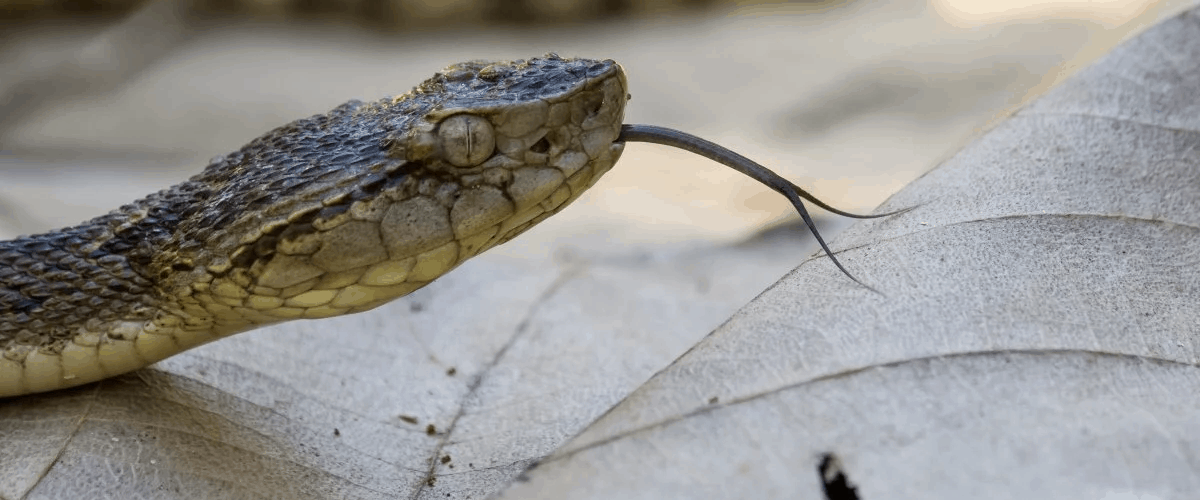There are countless dangerous animals in the wild. From bears to wolves, they each have their own way of protecting themselves (at the risk of human life). But none of them work quite like snakes. They’re one of the few North American animals that can poison you. So what do you do when that happens?
Like with all wild animals, the real answer of surviving a snake bite is to not get bitten in the first place. Know if the wilderness you’re exploring is home to wild snakes. Avoid thick brush where they might hide and do not confront one if you see one. No one wants to encounter a Snake Ball. Just remember that snakes are not aggressive unless cornered. They would rather avoid a confrontation.
But lets say, as a hypothetical, you do get bitten by a snake. And while it’s uncommon (less than 10% of all snakes) for them to be venomous in a dangerous way, let’s assume it was. Here’s what you should do.
How to Treat a Snake Bite
- Don’t Freak Out. Really, stay calm. This is partially because panicking is never helpful to a situation, but also because panic will increase the heart rate and blood flow, which increases the rate the venom is absorbed.
- Make Note of the Snake’s Features. Remember or write down the snakes size, color, shape, patterns, etc. Take a photo if you can manage it. This will help identify the snake for if it’s venomous and what kind of treatment to receive. Just stay quick and safe while doing so.
- Remove Tight Clothes. If there are rings, bracelets, gloves, etc, near the bite, remove them. Swelling is a very common effect of snake bites and they will constrict the area in a bad way.
- Go to the Nearest Hospital. Avoid moving the bitten area and keep it below heart level as much as possible. Quickly go to the hospital and let them take over from there.
What NOT to Do When Treating a Snake Bite
There are a few common myths about treating snake bites you probably heard or would assume. They might actually be bad for you. Don’t do any of these:
- Don’t Suck the Venom Out. You’ve likely heard about cutting open a bite wound and sucking out the venom. This has never been a proven effective treatment and only damages your skin more than you have to. Same applies for using a suction device.
- Don’t Cut Off Blood Flow. You might think that creating a tourniquet or another improvised device to cut off blood flow would be a good idea. The logic is that it keeps the venom from spreading. The problem is, however, is that it’s true. When the venom doesn’t spread, it remains highly concentrated, which will cause a rapid destruction of the nearby cells. By letting it spread naturally, it becomes less likely to cause severe damage.
- Don’t Put Ice on The Bite. For the same reason as the previous statement, ice and cold packs reduce circulation. Some experts even think that snake venom can make skin more likely to succumb to frostbite.
Fortunately, at the time of writing, we’re approaching winter and all the snakes should be hibernating. But this advice should be valuable all year long. Stay safe, preppers. Don’t get bitten.

